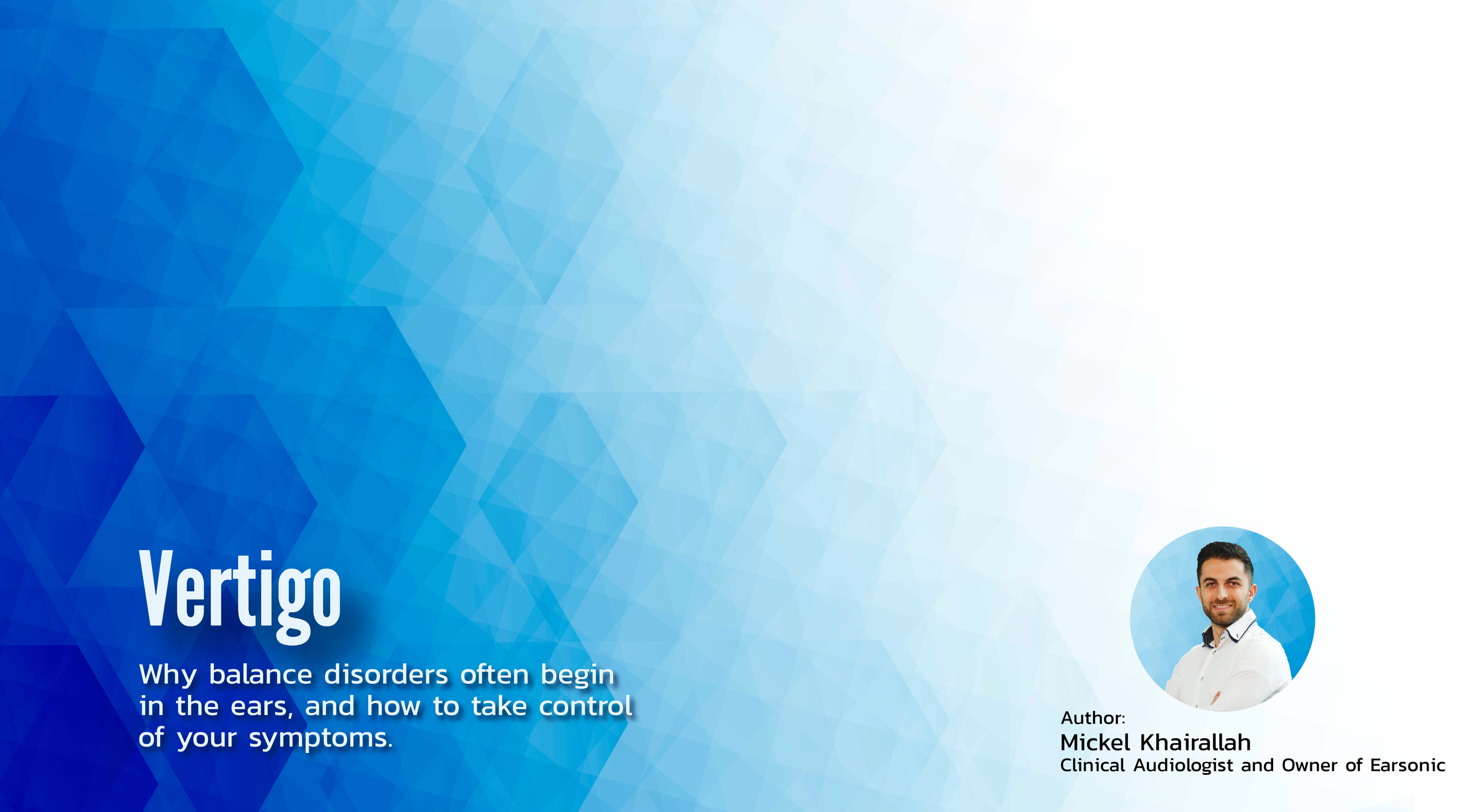

What Is Vertigo?
Vertigo is more than just a feeling of dizziness. It’s the unsettling sensation that you or your surroundings are spinning, tilting, or moving when they’re not. For some, it’s mild and brief. For others, it can be severe, sudden, and completely life-disrupting.
At Earsonic, we often remind patients: Vertigo isn’t a diagnosis—it’s a symptom of an underlying issue, usually related to the inner ear or brain’s balance system.
Your inner ear plays a crucial role in helping you stay balanced and oriented. It contains the vestibular system, a delicate structure of fluid-filled canals that send signals to your brain about motion, gravity, and head position.
When that system is disrupted, your brain receives conflicting information about where you are in space—and that can result in vertigo.
Common inner ear causes of vertigo include:
Benign Paroxysmal Positional Vertigo (BPPV) – triggered by sudden head movements
Vestibular neuritis – inner ear inflammation, often after a viral infection
Ménière’s disease – fluid buildup causing vertigo, hearing loss, and tinnitus
Labyrinthitis – inflammation of the inner ear, often with hearing changes
Acoustic neuroma – a rare, benign tumor affecting hearing and balance
The Inner Ear and Balance

The Brain’s Role in Vertigo
Your brain is constantly processing signals from your inner ears, eyes, muscles, and joints to maintain your balance. When these systems aren’t in sync, your brain struggles to make sense of your body’s position—leading to sensations of:
Spinning or swaying
Lightheadedness
Unsteadiness
Nausea or disorientation
Vertigo can also originate from neurological causes, such as:
Migraines (vestibular migraines)
Stroke or transient ischemic attacks (TIAs)
Multiple sclerosis (MS)
Brain injuries or tumors affecting the cerebellum or brainstem
How Vertigo Affects Daily Life
Living with vertigo can be overwhelming. It can impact:
Your confidence in walking or driving
Your ability to focus or work
Your emotional well-being—many patients experience anxiety, fear of falling, or depression
Episodes may come and go, or they may become chronic—especially if the underlying cause goes undiagnosed or untreated.

Diagnosis: Finding the Root Cause
At Earsonic, we believe in getting to the bottom of your symptoms through a detailed vestibular and hearing assessment. This may include:
Hearing tests
Balance and positional testing
Vestibular function tests (like VNG or calorics)
Neurological referral if needed
Understanding the origin of your vertigo is key to treating it effectively.
Treatment Options for Vertigo:
The good news? Most vertigo conditions are manageable or treatable, especially with early intervention.
Common Vertigo Treatments:
Canalith repositioning (Epley maneuver) – highly effective for BPPV
Vestibular rehabilitation therapy (VRT) – physical therapy to retrain your balance system
Medication – for nausea, motion sickness, or inflammation (in short-term cases)
Diet and lifestyle changes – for conditions like Ménière’s or vestibular migraine
Hearing aids or sound therapy – when vertigo is accompanied by hearing loss or tinnitus
Counseling and support – to manage anxiety or psychological impact
